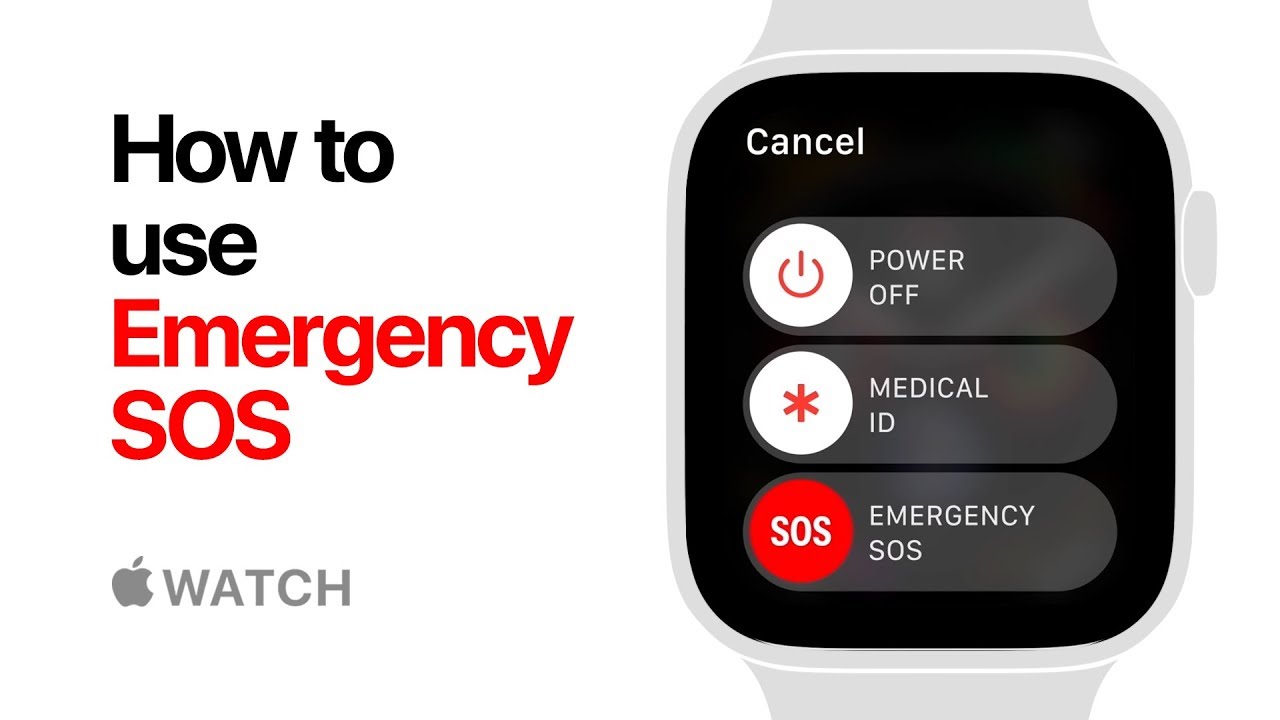Meta's chief AI scientist says DeepSeek's success shows that "open source models are surpassing proprietary ones"

FABRICE COFFRINI / AFP via Getty Images
- DeepSeek, an open-source Chinese AI company, has riled Silicon Valley with its rapid rise.
- Meta's chief AI scientist said DeepSeek has benefited from the open-source community.
- Meta's AI program has remained open-source, while OpenAI has shifted to closed-source.
Silicon Valley was on edge this week after DeepSeek, a Chinese AI company, released its R1 model. In third-party benchmarks, it outperformed leading American AI companies like OpenAI, Meta, and Anthropic.
For Meta's chief AI scientist, Yann LeCun, the biggest takeaway from DeepSeek's success was not the heightened threat posed by Chinese competition but the value of keeping AI models open source so that anyone can benefit.
It's not that China's AI is "surpassing the US," but rather that "open source models are surpassing proprietary ones," LeCun said in a post on Threads.
DeepSeek's R1 is itself open source, as is Meta's Llama. OpenAI, which was originally founded as an open-source AI company with a mission to create technology that benefits all of humanity, has on the other hand more recently shifted to closed-source.
LeCun said DeepSeek has "profited from open research and open source."
"They came up with new ideas and built them on top of other people's work. Because their work is published and open source, everyone can profit from it," LeCun said. "That is the power of open research and open source."
When DeepSeek unveiled R1 on January 20, which it said "demonstrates remarkable reasoning capabilities," the company said it was "pushing the boundaries" of open-source AI.
The announcement took Silicon Valley by surprise and was easily the most talked-about development in the tech industry during a week that included the World Economic Forum, TikTok uncertainty, and President Donald Trump's busy first few days in office.
Days after DeepSeek's announcement, Meta CEO Mark Zuckerberg said Meta planned to spend over $60 billion in 2025 as it doubles down on AI. Zuckerberg has been an outspoken advocate of open-source models.
"Part of my goal for the next 10-15 years, the next generation of platforms, is to build the next generation of open platforms and have the open platforms win," he said in September. "I think that's going to lead to a much more vibrant tech industry."
Those who support open source say it allows technology to develop rapidly and democratically since anyone can modify and redistribute the code. On the other hand, advocates for closed-source models argue that they are more secure because the code is kept private.
OpenAI CEO Sam Altman said the closed-source approach offers his company "an easier way to hit the safety threshold" in an AMA on Reddit last November. He added, however, that he "would like us to open source more stuff in the future."



:max_bytes(150000):strip_icc():format(jpeg)/michael-jordan-portrait-1996-damon-wayans-jr-the-underground-premiere-2006-012325-7abe9c992adb4ad9b97328b25aeefeaa.jpg)






:max_bytes(150000):strip_icc():format(jpeg)/Bird-Flu-012525-2-5b9c7b24acf541948416dbafc73e2732.jpg)
:max_bytes(150000):strip_icc():format(jpeg)/Madison-Keys-Wins-First-Grand-Slam-012525-36caf783e9724025935d9104315ccfee.jpg)
:max_bytes(150000):strip_icc():format(jpeg)/Sundance-2025-TWINLESS-tout-f7611e88826046c2a0489a5441bdf60e.jpg)
:max_bytes(150000):strip_icc():format(jpeg)/Taylor-Swift-Harry-Styles-Tattoo-012525.-03-6533aa84835b46498945d4aa3da2233b.jpg)
:max_bytes(150000):strip_icc():format(jpeg)/Marlee-Matlin-Henry-Winkler-012525-a65ce8d18dda4c5e85932fbe8aba3735.jpg)